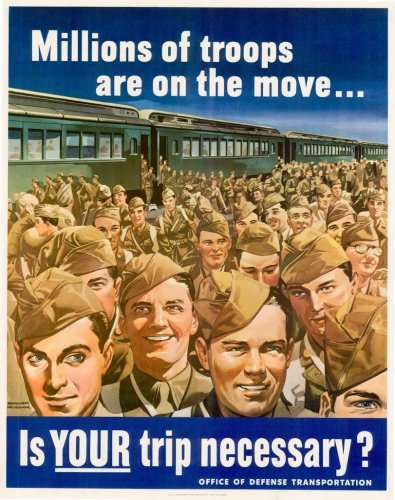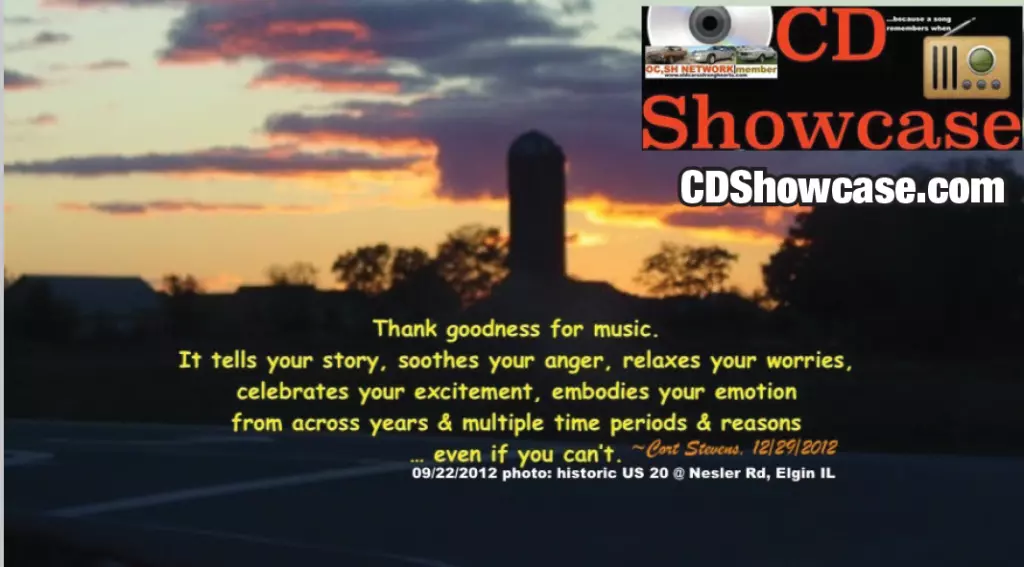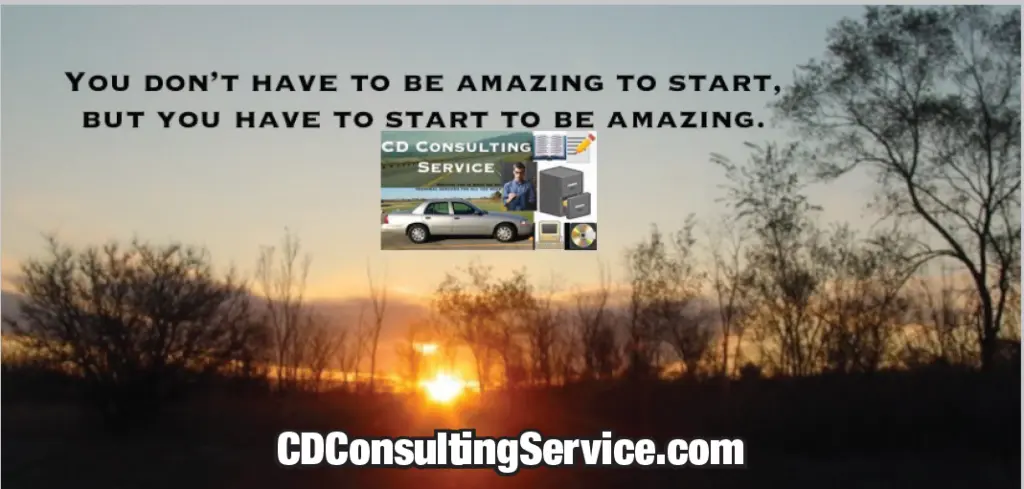Friday 15th May 1942
Gasoline (petrol) rationing began in 17 eastern states as an attempt to help the American war effort during World War II. Rationing began on the East Coast on July 22, 1942. These states were chosen due to better public transportation and shorter distances traveled, and because the U-boat menace off the East Coast made transport of oil and gasoline more hazardous. However, this also wasn’t enough, and on Dec. 1, 1942, rationing went into effect nationwide. The program would continue until August 15, 1945. The American public learned to deal with an elaborate system. Every motorist was issued a windshield sticker displaying a letter: “A” (most motorists – 3 gallons/week), “B” (for war workers to get to their jobs – 8 gal/wk), “C” (for those who used their cars on the job, such as physicians, clergy, and mail carriers), “T” (truckers – unlimited), “R” (non-highway farm vehicles – unlimited), “E” (emergency vehicles such as ambulances, police, fire – unlimited), and “X” (a controversial unlimited sticker for VIPs – unlimited). Some of these categories changed, emerged, or were eliminated during the war. At the gas station, the attendant checked the windshield sticker and took the required number of ration book coupons – also marked with the appropriate letter. Of course, payment was also required – about 19 cents/gallon. Despite rationing, a serious gas shortage developed early in 1944. The high military use and restricted shipping contributed to this problem. In January 1944 on the West Coast, very little gasoline was available – and none at all in Sacramento, California. On March 22, 1944, “A” class drivers were further restricted to 2 gallons/week. Not everyone complied. The black market became quite profitable, cases of gas siphoning made the front page of small-town newspapers, and several ration book forgery rings were broken up.






